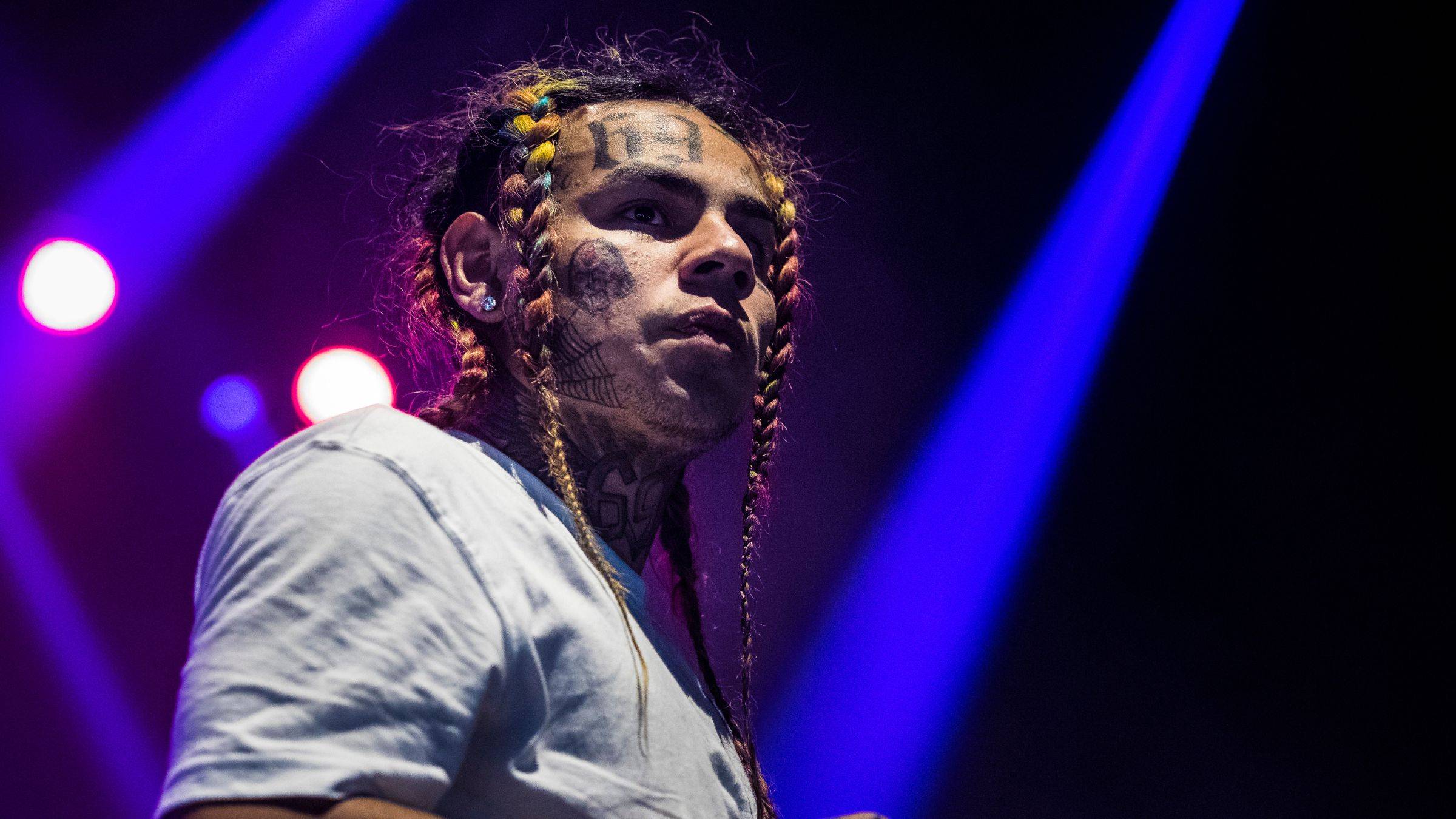The War Against the War on Drugs

(Photo: www.saynotodrugs.com)
Forty years ago, on the morning of June 17, 1971, President Richard Nixon declared: “America’s public enemy No. 1 in the United States is drug abuse. In order to fight and defeat this enemy, it is necessary to wage a new, all-out offensive. I have asked the Congress to provide the legislative authority and the funds to fuel this kind of an offensive. This will be a worldwide offensive dealing with the problems of sources of supply, as well as Americans who may be stationed abroad, wherever they are in the world.”
This moment is widely regarded as the unofficial launch of America’s spectacularly unsuccessful and costly global war on drugs. Since then, the war on drugs has cost at least $1 trillion.
The economic costs pale in comparison, though, to the human costs. More than 40 million people have been arrested for a drug law violation. More than half a million people are currently behind bars for drugs — which is more than the entire U.S. prison population in 1980. Hundreds of thousands of people have died from overdose and HIV/AIDS because cost-effective, life-saving interventions were blocked by drug war politics. The war on drugs has also created shameful racial disparities in the American criminal justice system — largely thanks to disproportionate enforcement of drug laws, one in 12 African-American men are in prison or jail, compared to one in 36 Latino men and one in 87 white men.
The Drug Policy Alliance (DPA) is the nation's leading organization promoting alternatives to the drug war that are grounded in science, compassion, health and human rights. DPA is actively involved in the legislative process and seeks to roll back the excesses of the drug war, block new, harmful initiatives and promote sensible drug policy reforms.
Here, I ask Jag Davies and Tommy McDonald of the DPA about their war on the War on Drugs.
Even as more states legalize marijuana for medical use, the prosecutions for simple possession in 2009 were a shocking 850,000. Where are these arrests coming from? They're certainly not home raids.
We are at a schizophrenic moment with marijuana. On the one hand, its use is more culturally accepted than ever, and surveys show that most people think that alcohol is the more dangerous drug. Over the past decade and a half, 16 states have passed medical marijuana laws.
Yet, more people are getting arrested for marijuana than ever, and arrests have increased dramatically over the past decade in many places. More than 850,000 people were arrested for marijuana last year — and more than 4 out of 5 of those were for mere low-level possession.
In NYC alone last year there were more than 50,000 low-level marijuana arrests. Low-level marijuana possession offenses are the number-one arrest in New York City, mostly as a result of New York’s racially biased “stop-and-frisk” policy. The NYPD makes nearly a thousand arrests and jailings a week for simple marijuana possession — one of every seven arrests, and nearly 350,000 marijuana possession arrests since Bloomberg became mayor. At $1,000−$2,000 per arrest, this "marijuana arrest crusade" costs $75 million or more dollars a year. Upwards of $75 million have been used to arrest NYC residents for marijuana possession that could have legally been handled with a summons and not a criminal offense.
Arrests and incarceration for drugs — even for first-time, low-level marijuana violations — can result in debilitating collateral consequences for an individual and their family. A conviction for a drug law violation can result in the loss of employment, property, public housing, food stamp eligibility, financial aid for college and the right to vote — even after serving time behind bars.
How is America's "War on Drugs" perceived internationally?
Internationally, the U.S. is seen as the incarceration capital of the world, with five percent of the world’s population and 25 percent of the world’s prison population, which is fueled by the war on drugs. The U.S. has forcefully pushed prohibition around the world. We punish countries that don’t follow our lead. However, the consensus is starting to crack. Experiments with decriminalization in Portugal and the Netherlands have yielded very positive results. However, the consequences of the War on Drugs have been dire in Latin American countries – especially for Mexico, where more than 40,000 people have been killed in the past four years in prohibition-related violence.
On June 2, the Global Commission on Drug Policy released a report calling for a major paradigm shift in how our society deals with drugs, including decriminalization and legal regulation. The report sent a jolt around the world, generating thousands of international media stories. The commission is comprised of international dignitaries including Kofi Annan, former Secretary General of the United Nations; Richard Branson, entrepreneur, founder of the Virgin Group; and the former presidents of Brazil, Colombia, Mexico and Switzerland.
How has the "War on Drugs" been racialized?
Why are some drugs legal and other drugs illegal today? It’s not based on any scientific assessment of the relative risks of these drugs — it’s based on who is associated with these drugs. The first anti-opium laws in the 1870s were directed at Chinese immigrants. The first anti-cocaine laws, in the South in the early 1900s, were directed at Black men. The first anti-marijuana laws, in the Midwest and the Southwest during the 1910s and '20s, were directed at Mexican migrants and Mexican-Americans. Artists and performers — especially Black jazz musicians — were common targets. Today, Latino and Black communities are still subject to wildly disproportionate drug enforcement and sentencing practices.
The war on drugs is now being called the “New Jim Crow,” given its devastating impacts on communities of color. Blacks and Latinos disproportionately bear the brunt of the drug war. For example, four-fifths of those incarcerated in federal prisons for crack cocaine convictions are Black, despite the fact that whites and Latinos make up two-thirds of crack cocaine users. Of the 50,383 arrested for low-level marijuana possession in New York last year, 86 percent of those arrested are Black or Latino — even though research consistently shows that young whites use marijuana at higher rates.
This is an important point that surprises most people — for decades, the federal government’s annual research studies have shown that Blacks and whites use drugs at similar rates. Drug use doesn’t discriminate — but drug law enforcement does.
How would treating addiction as a health crisis change the way America currently deals with it, which is to criminalize it?
We desperately need drug policies that move away from the criminal justice system by addressing drug overdose, addiction and misuse through a health-oriented framework.
A health-centered response to drug use assesses improvement by many measures — not simply by people’s drug use levels, but also by their personal health, employment status, social relationships and general wellbeing. “Success” in the criminal justice context, by contrast, boils down to the single measure of abstinence — because any drug use is deemed illegal behavior. Both approaches already exist in the U.S. today; the wealthy often benefit from one, while people of less means are by and large subject to the other.
Incarcerating individuals convicted of low-level drug law violations places huge financial costs on taxpayers. For example, it costs approximately $45,000 to incarcerate a person for one year in New York State, while community-based treatment costs approximately $15,000 per year, and is more effective in reducing crime and restoring communities. A study by the RAND Corporation found that every additional dollar invested in treatment for substance misuse saves taxpayers $7.46 in societal costs (crime, violence, loss of productivity and other factors). That same study found that treatment reduces crime, recidivism and other societal costs 15 times more effectively than law enforcement alone.
Portugal presents the most significant and successful example of a post-criminalization, health-centered drug policy. In 2001, Portuguese legislators decriminalized low-level drug possession and reclassified it as an administrative violation. At the heart of this policy change was the recognition that the criminalization of drug use was not justifiable and that it was actually a barrier to more effective responses to drug use.
A decade later, Portugal’s paradigm change from a punitive approach to a health-centered one has proved enormously popular. It has not created a haven for “drug tourists” nor has it led to increased drug use rates, which continue to be among the lowest in the European Union. Rather, fatal overdose from opiates has been cut nearly in half, new HIV/AIDS infections in people who inject drugs fell by two-thirds, the number of people in treatment increased and the number of people on opioid maintenance treatments more than doubled. Portugal’s paradigm shift has facilitated better uptake of prevention, treatment, harm reduction and social reintegration services and, ultimately, a more realistic approach to drug use driven by experience and evidence.
The failure of U.S. stopgap measures and the success of the Portuguese model challenge advocates and policymakers in the U.S. to focus on building the political will to work toward removing criminal penalties for drug use and implement instead a comprehensive and effective health-centered approach. Public health interventions are wise, necessary long-term investments. They reduce the harms associated with drug use, prevent crimes against people and property and cut associated costs.
How was the figure your organization claims has been spent on the war on drugs, $51 billion, calculated?
On the state and local level, more than $25 billion is spent annually on the war on drugs, while the federal government spends more than $26 billion. That’s $169 for a every man, woman and child in this country. These numbers are conservative estimates — the real number is likely much higher. With governments defecit soaring and essential services on the chopping block, this represent a colossal waste of money.
Which states have you found have been the most progressive around ending the war on drugs?
Voters and state lawmakers are moving forward even while their federal counterparts remain paralyzed by decades of inertia and drug war rhetoric. The number and scope of state-level reforms provide evidence of diminishing public confidence in the reflexive “get-tough” mentality, and a growing commitment to approaches rooted in science, compassion, health and human rights.
Both Republicans and Democrats — in states from Kentucky to California to Connecticut — have led successful efforts to decriminalize marijuana, to reduce long and costly prison sentences for people who commit nonviolent drug law offenses, to increase access to sterile syringes to reduce the spread of HIV/AIDS and to prevent fatal drug overdose.





